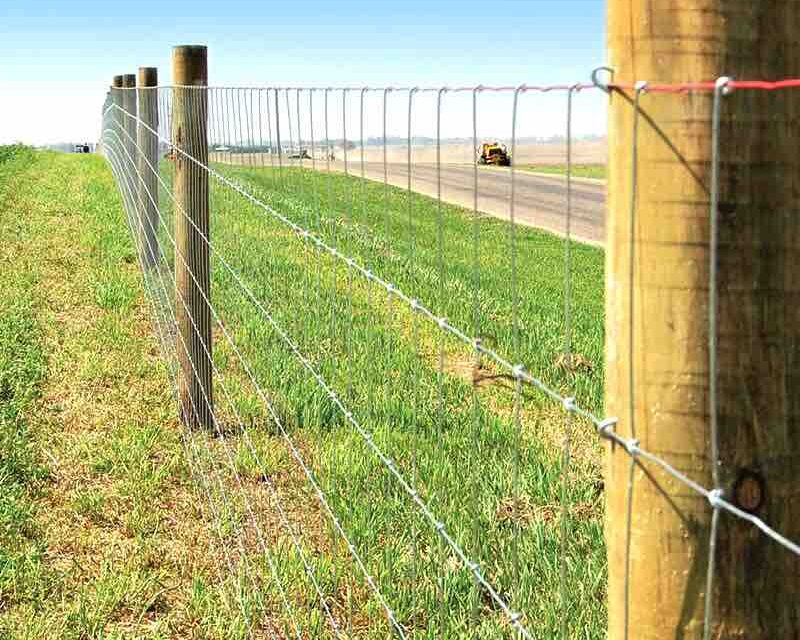
How to Build a Patio Cover
Building a patio cover can transform your outdoor living space into a cozy, shaded area you can enjoy all year round. Many homeowners look to add shade structures or deck covers to their backyards, but tackling a DIY wooden patio cover might seem challenging at first.
This guide will walk you through the entire process, from planning and selecting materials to step-by-step construction CWX Patio Covers Surrey. Whether you’re building a freestanding or attached patio cover, you’ll soon discover that creating your own shaded retreat is easier than you think. Let’s get started!
Factors to Consider Before Building a Patio Cover
Before diving into the construction, take time to consider your space and design needs.
Planning and Design
The first step in building a patio cover is planning. Start by deciding the size, style, and location of the cover to ensure it complements your home’s architecture.
• Size and Style: Choose a design that fits your space while providing adequate shade. Consider whether you want a freestanding or attached patio cover.
• Budget: Set a budget that includes materials, tools, and permits to avoid surprises later.
• Material Selection: Choose from popular materials like wood, metal, or fabric. Each option has different benefits and costs, with wood offering a natural look, metal providing durability, and fabric covers adding flexibility.
• Check Building Codes: Review local building codes to ensure compliance before starting your project. This step can prevent issues down the line.
Support and Structural Considerations
Support and stability are crucial for a long-lasting patio cover. Key elements include:
• Anchors, Column Brackets, and Header Beams: These components provide the framework for your patio cover. The beams support the roof structure, while columns and brackets offer stability.
• Weight Distribution: Ensure that your columns can support the roofing material, especially for larger patio covers.
• Foundation Requirements: If you’re building a freestanding structure, consider additional footings for stability.
Materials and Cost
Selecting the right materials impacts the cost, durability, and appearance of your patio cover. Here’s a brief comparison:
• Wood: Offers a classic look but may require more maintenance.
• Metal: Durable and weather-resistant, but it can be more expensive upfront.
• Vinyl: Low maintenance and budget-friendly but less sturdy than wood or metal.
Be sure to factor in the costs of tools, fasteners, and any additional supports needed for your design. Get a clear estimate before starting the project to keep expenses under control.
Step-by-Step Guide for Building a Patio Cover
Now, let’s dive into the construction process. Follow these steps to build your patio cover from scratch.
Measuring and Marking the Area
Accurate measurement and marking are essential for a successful build.
1. Choose the Location: Select a flat area on your patio where the cover will be built, taking into account sunlight and potential shade needs.
2. Gather Tools: Use a measuring tape, stakes, string, and a level.
3. Measure the Area: Measure the length and width of your patio to determine the cover size.
4. Mark the Corners: Use stakes to mark the corners of the designated area.
5. Outline with String: Tie string around the stakes to outline the area clearly.
6. Check for Level Ground: Use a level tool to ensure evenness.
7. Plan for Columns and Roof Overhang: Mark spots for columns and decide on the amount of overhang desired.
8. Obtain Necessary Permits: Check with local authorities to ensure compliance with building regulations.
Building the Header Beams
Header beams are essential for supporting the structure.
1. Select the Beam Size: Choose 2×6 or 2×8 lumber based on the span and load.
2. Cut the Wood: Use a saw to cut beams to the required length.
3. Position the Beams: Mark where beams will sit on columns or walls.
4. Install the Beams: Attach the beams to the structure using brackets and screws, ensuring they are level.
5. Add Extra Beams (if needed): For larger spans, add additional beams to support the roof.
Installing the Columns
Columns provide the main structural support for your patio cover.
1. Dig the Holes: Use a post hole digger to create holes about 2 feet deep (adjust depth based on local regulations).
2. Add Gravel for Drainage: Pour gravel at the bottom of each hole to improve stability.
3. Set Columns in Place: Place the columns in the holes, using a level to ensure they are straight.
4. Pour Concrete: Fill the holes with concrete around each column and allow it to set for at least 24 hours.
5. Brace the Columns: Use temporary braces to keep columns steady while the concrete cures.
Attaching the Roofing Materials
Once the support structure is in place, it’s time to add the roofing.
1. Choose Roofing Material: Select from shingles, metal sheets, or polycarbonate panels based on budget and design.
2. Cut to Size: Measure and cut materials to fit the frame.
3. Position and Secure: Place the first sheet or panel over the header beams and secure it with screws or nails.
4. Seal Edges: Apply weatherproof sealant along seams to prevent leaks.
5. Install Additional Supports: For heavier materials, add extra supports to ensure the roof can handle the weight.
Finishing Touches and Stabilization
The final steps ensure the patio cover is both safe and visually appealing.
• Secure All Joints: Use wood screws and brackets to reinforce connections and prevent wobbling.
• Add Anchors: For freestanding covers, use ground anchors for additional stability.
• Paint or Stain: Apply a protective coating to the wood for added durability and a polished look.
• Inspect for Safety: Check for any loose parts, sharp edges, or structural issues.
• Decorate: Add outdoor furniture, plants, and lighting to create a cozy atmosphere.
Regular maintenance, such as inspecting for wear and tear, will help your patio cover last longer and stay in good condition.
Conclusion
Building a patio cover is a rewarding DIY project that adds shade, comfort, and style to your outdoor space. By following these steps and choosing the right materials, you can create a durable and attractive covered patio that enhances your home.
Enjoy your new shaded retreat with family and friends!


















